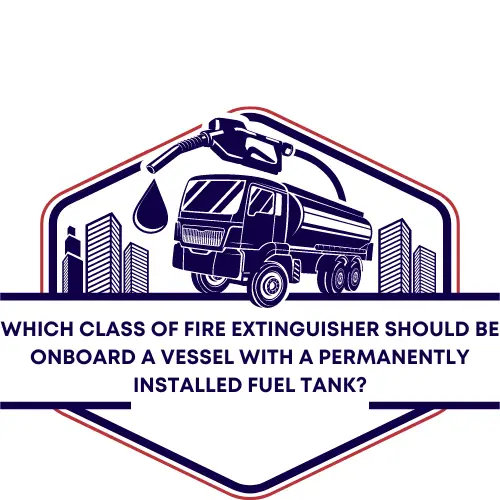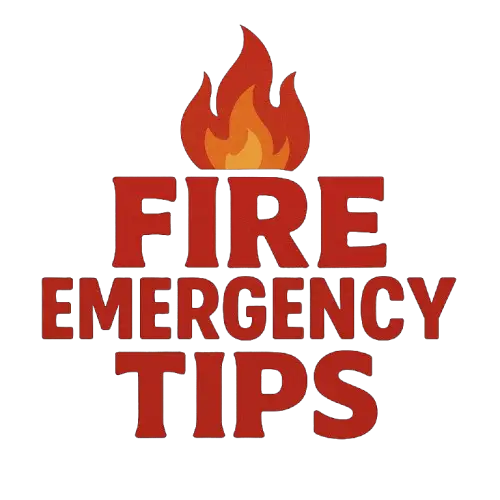
When it comes to fire safety onboard a vessel, it is important to have the right equipment readily available in case of an emergency. One important piece of equipment is a fire extinguisher, but not all fire extinguishers are created equal. Depending on the type of fire, different extinguishers may be required. In the case of a vessel with a permanently installed fuel tank, it is crucial to have the appropriate class of fire extinguisher on board to effectively and safely extinguish a fuel-related fire.
In this article, I will discuss which class of fire extinguisher should be on board a vessel with a permanently installed fuel tank, and below is the highlight of the answer.
Which Class of Fire Extinguisher Should Be Onboard a Vessel with a Permanently Installed Fuel Tank?
When it comes to a vessel with a permanently installed fuel tank, the class of fire extinguisher required is Class B. This is because fuel tanks contain flammable liquids such as gasoline, diesel, and oil, which can easily catch fire and spread quickly. A Class B fire extinguisher is designed to extinguish fires caused by flammable liquids and gases.
It’s also important to note that Class A fire extinguishers are not suitable for use on fuel fires as they may spread the fire, causing it to become more extensive. Similarly, Class C and Class D fire extinguishers are not suitable for use on fuel fires.
In addition to having a Class B fire extinguisher onboard, it’s crucial to ensure that it’s the right size and rating for the vessel. The size of the fire extinguisher will depend on the size of the fuel tank and the vessel itself. The rating of the fire extinguisher is determined by its ability to put out a fire. The higher the rating, the more effective the fire extinguisher will be at extinguishing a fire.
FAQs
How many fire extinguishers are required aboard an 18-foot powerboat with installed fuel tank(s)?
The number of fire extinguishers required aboard an 18-foot powerboat with installed fuel tank(s) will depend on the type of fire extinguisher and the specific requirements of your location’s boating regulations.
In the United States, the U.S. Coast Guard requires that all boats have at least one U.S. Coast Guard-approved fire extinguisher on board. However, the number and type of fire extinguishers required may vary depending on the size and type of the boat and the type of fuel used.
For an 18-foot powerboat with an installed fuel tank, the U.S. Coast Guard typically requires that you have at least one B-I type fire extinguisher on board. If the boat has an enclosed engine compartment, additional fire extinguishers may be required.
It is always best to check with your local boating regulations to ensure that you have the appropriate number and type of fire extinguishers on board your 18-foot powerboat with installed fuel tank(s).
How many B1 fire extinguishers must motorboats between 26 and 40 feet have aboard?
According to the United States Coast Guard regulations, all motorboats between 26 and 40 feet in length must have at least one B-I type fire extinguisher on board. However, if the boat has closed compartments where fuel tanks or other combustible materials are stored, then an additional B-II type fire extinguisher is required.
It’s worth noting that the requirements may vary depending on the country or state, so it’s always best to check with local authorities for specific regulations.
Conclusion
Having the right type of fire extinguisher onboard a vessel with a permanently installed fuel tank is crucial to ensuring the safety of the crew and the vessel.
Class B fire extinguishers are the most suitable type of fire extinguisher for such vessels as they are designed to extinguish fires caused by flammable liquids and gases. It’s important to ensure that the fire extinguisher is the right size and rating for the vessel and that the crew is trained in how to use it in case of an emergency.
You may also like:
